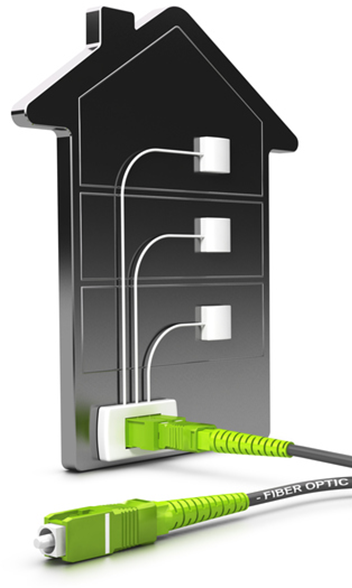Fiber To The Home FTTH

FTTH is an attractive solution for network builders as the core fiber technology is future proof, meaning it will be able to support broadband demands for the foreseeable future. Fiber cables have virtually unlimited capacity.
With FTTH, homeowners get faster internet and increased bandwidth. They can stream higher-quality content and have more devices connected to the internet simultaneously. In addition, users can get internet and TV service over the same broadband connection.
“Fiber to the home” is one iteration under the “FTTx” umbrella category which identifies any broadband network design that connects optical fiber directly to a certain termination point. Other variants include Fiber to the Premises (FTTP), Fiber to the Building (FTTB), and Fiber to the Curb (FTTC).

FTTH deployment has increased dramatically over the last 10 years. In the near future, it is projected that tens of millions of additional homes will subscribe to FTTH services.
FTTx connections for homes and businesses are quickly becoming a requirement for new subscribers. For the first time in history, end users are beginning to demand not only quality service, but a specific technology and specific speed requirements. Users are becoming more savvy to different technologies and demand fiber. In fact, high speed fiber connections have been cited as the number one desired amenity for tenants and property owners.
Our field technicians have the knowledge and skills necessary to execute the optimum deployment to a project.
SIPTECH can build your FTTH network and connect subscribers quickly.
SIPTECH also takes a forward-looking approach to your network and consider how it will integrate with future technologies. Not only providing services that are relevant today, but we are also ready for tomorrow’s innovations.
SIPTECH considers how the design may affect the evolution of the network in the future. An FTTH network is a long-term investment and the anticipated lifetime of the cable in the ground is at least 25 years, however, the working lifetime will probably be much longer. With the active equipment likely to be upgraded several times in this timeframe, it should be possible to reuse the infrastructure.
So decisions made at the start of an FTTH project will have long term consequences.